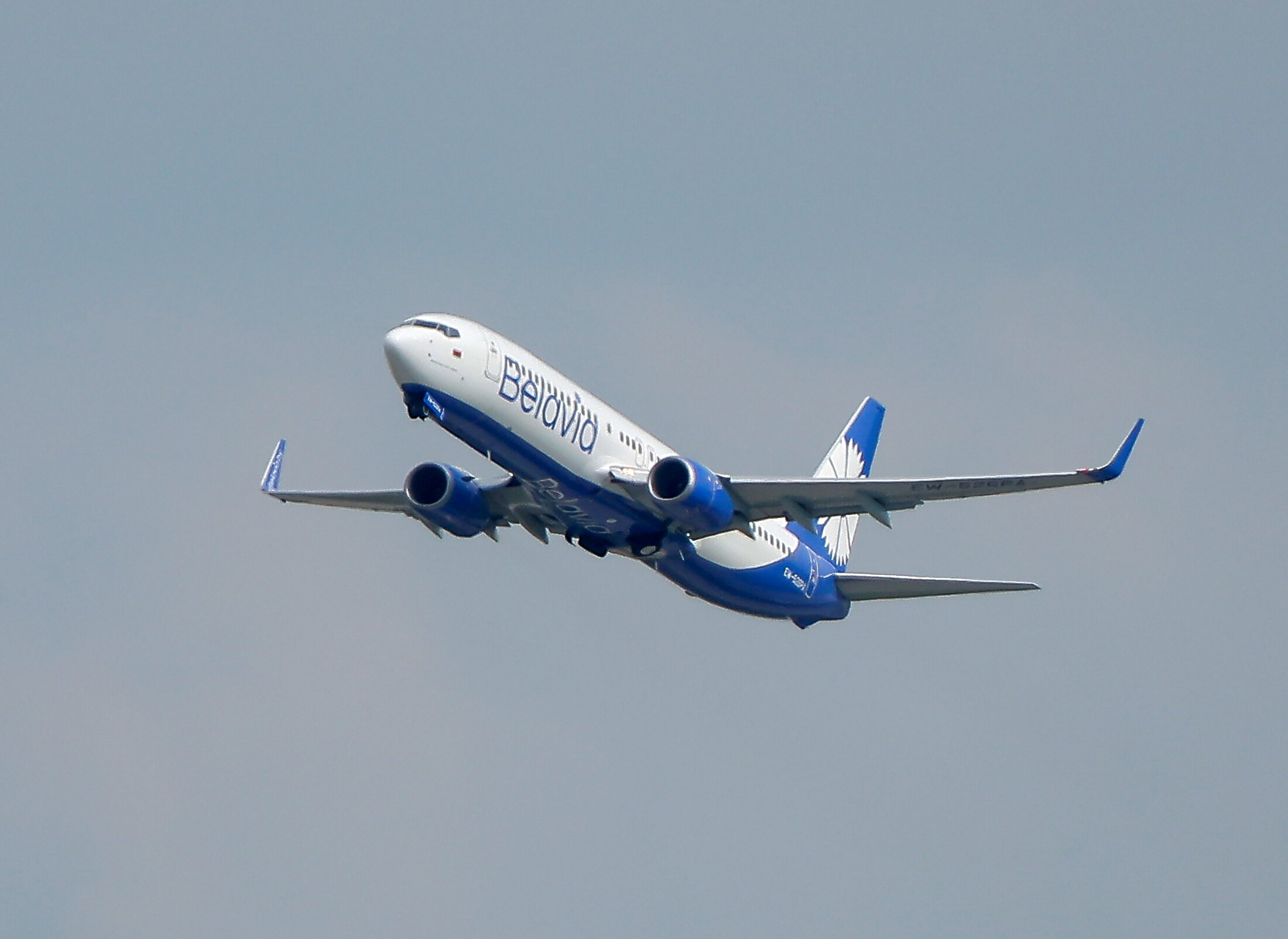
What is Aviation Emission Trading? Aviation emission trading is a market-based approach to controlling pollution by providing economic incentives for reducing emissions. How does it work? Airlines must hold enough emission allowances to cover their emissions. If they emit less, they can sell their surplus allowances. If they emit more, they must buy additional allowances. Why is it important? This system encourages airlines to adopt cleaner technologies and practices, reducing their carbon footprint. Who regulates it? The European Union Emission Trading System (EU ETS) is one of the main regulators. What are the benefits? It promotes environmental responsibility while allowing economic flexibility. Challenges? High costs and regulatory complexity can be barriers.
Key Takeaways:
- Aviation Emission Trading is a system that encourages airlines to reduce pollution by trading emission allowances. It helps airlines go green and invest in cleaner technologies for a healthier environment.
- The future of Aviation Emission Trading holds promise with advancements in aircraft design and alternative fuels. It's also important to keep an eye on potential policy changes that could impact the system's effectiveness.
What is Aviation Emission Trading?
Aviation Emission Trading is a market-based approach to controlling pollution by providing economic incentives for reducing emissions. Airlines must buy or receive emission allowances, which they can trade with other companies.
-
First Introduced in Europe: The European Union Emission Trading System (EU ETS) was the first to include aviation in 2012. It aimed to reduce greenhouse gas emissions from flights within the European Economic Area.
-
Cap-and-Trade System: This system sets a cap on the total amount of greenhouse gases that can be emitted by all participating entities. Companies receive or buy emission allowances, which they can trade with others.
Why Aviation Emission Trading Matters
Understanding the importance of this system helps grasp its impact on the environment and the aviation industry.
-
Reduces Carbon Footprint: By limiting emissions, the system encourages airlines to adopt cleaner technologies and more efficient practices.
-
Economic Incentives: Airlines that reduce emissions can sell their excess allowances, creating a financial incentive to go green.
How It Works
The mechanics of aviation emission trading involve several steps and regulations.
-
Monitoring and Reporting: Airlines must monitor their emissions and report them to regulatory authorities. Accurate data is crucial for the system's integrity.
-
Compliance Periods: Airlines must surrender enough allowances to cover their emissions at the end of each compliance period. Failure to do so results in penalties.
Global Initiatives
While the EU ETS was a pioneer, other regions and organizations have also adopted similar measures.
-
CORSIA: The Carbon Offsetting and Reduction Scheme for International Aviation (CORSIA) is a global initiative by the International Civil Aviation Organization (ICAO) to address emissions from international flights.
-
Regional Programs: Besides Europe, regions like North America and Asia are exploring or implementing their own emission trading systems for aviation.
Challenges and Criticisms
Despite its benefits, aviation emission trading faces several challenges and criticisms.
-
Complex Regulations: The system's complexity can be daunting for airlines, especially smaller ones with fewer resources.
-
Market Volatility: The price of emission allowances can fluctuate, making it difficult for airlines to plan long-term investments.
Future of Aviation Emission Trading
Looking ahead, the future of aviation emission trading holds both promise and uncertainty.
-
Technological Advancements: Innovations in aircraft design and alternative fuels could significantly reduce emissions, impacting the trading system.
-
Policy Changes: Governments may introduce new regulations or modify existing ones, affecting how the system operates.
Real-World Impact
Examining the real-world impact of aviation emission trading provides insight into its effectiveness.
-
Emission Reductions: Since its inception, the EU ETS has contributed to a noticeable reduction in aviation emissions within Europe.
-
Industry Adaptation: Many airlines have adapted by investing in more fuel-efficient aircraft and exploring sustainable aviation fuels.
Final Thoughts on Aviation Emission Trading
Aviation emission trading is a big deal in the fight against climate change. It helps airlines cut down on greenhouse gases by setting limits and letting them trade emission allowances. This system encourages airlines to adopt cleaner technologies and practices, making the skies a bit greener.
Understanding how aviation emission trading works can help you see the bigger picture of global efforts to reduce carbon footprints. It’s not just about flying; it’s about making every flight count towards a healthier planet.
Next time you book a flight, remember the impact of aviation emission trading. It’s a step towards more sustainable travel. Every little bit helps, and knowing these facts can make you a more informed traveler. So, keep these points in mind and share them with others. The more people know, the better our chances of making a positive change.
Frequently Asked Questions
Was this page helpful?
Our commitment to delivering trustworthy and engaging content is at the heart of what we do. Each fact on our site is contributed by real users like you, bringing a wealth of diverse insights and information. To ensure the highest standards of accuracy and reliability, our dedicated editors meticulously review each submission. This process guarantees that the facts we share are not only fascinating but also credible. Trust in our commitment to quality and authenticity as you explore and learn with us.


